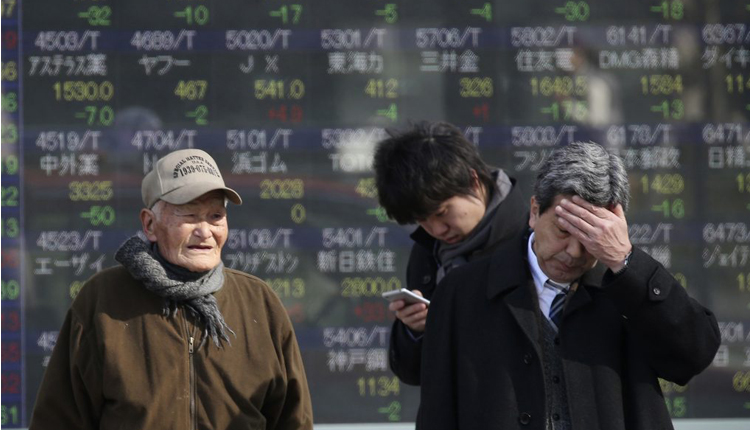Asian markets were largely positive in midday trade on Monday, with Greater China markets all gaining following a move by China’s central bank to guide the management of the yuan, which analysts saw as a way to slow the yuan’s slide.
In Australia, the ASX 200 was up by 0.33 percent after trading in negative territory earlier in the day, as the heavily weighted financials sector reversed its earlier losses to trade flat.
The moves Down Under came after a week of political turmoil which culminated in former Treasurer Scott Morrison emerging as the country’s sixth prime minister in the last decade.
Speaking with CNBC’s Matthew Taylor on Monday morning, Adam Carr, chief economist at the Australian Chamber of Commerce, said last week was “an absolute disaster as far as policy certainty is concerned.”
“We crave certainty, our members crave certainty,” he added.
Japan’s Nikkei 225 traded up by 0.89 percent, with almost all sectors in positive territory. South Korea’s Kospi rose 0.29 percent.
The Greater China markets gained in midday trade. Hong Kong’s Hang Seng index rose by 2.06 percent as all of its major sectors rose, with services up by 2.99 percent.
Over on the mainland, the Shanghai composite traded 1.43 percent up while the Shenzhen composite was higher by 2.012 percent.
The gains come as the People’s Bank of China announced that it was tweaking its methodology for the fixing of the yuan’s daily midpoint in an effort to stabilize the currency market.
“China has been deliberately loosening its exchange rate over the last few months to deflect some of the trade issues” the country currently faces with the U.S., said Jim McCafferty, head of Asia ex-Japan research at Nomura Securities.
Speaking with CNBC’s “Squawk Box,” McCafferty added that he saw the latest move by the Chinese central bank as “a bit of appeasement” to the U.S., by letting the Chinese yuan “perhaps strengthen a little bit.”
Wall Street ended the last trading week in positive territory. The S&P 500 rose 0.6 percent to close at 2,874.69 while the Nasdaq Composite climbed 0.9 percent to close at 7,975.98, a record high close for both indexes. The Dow Jones Industrial Average was up by 133.37 points to close at 25,790.35.
Last Friday, Powell delivered a speech at the Jackson Hole Symposium in Wyoming, where leading central bankers met to discuss the future of monetary policy. He said “further, gradual” rate hikes were likely in the future, noting the economy is “strong” and able to withstand tighter monetary policy.
In a morning note, Ray Attrill, head of foreign exchange strategy at National Australia Bank, said the “combined impact” of the dollar’s weakness following Powell’s speech and yuan strength after the China’s central bank’s announcement will likely be “dominant” as early week influences.
The U.S. dollar index, which tracks the greenback against a basket of currencies, traded at 95.103 at 12:12 p.m. HK/SIN. The Japanese yen traded against the dollar at 111.06 while the Australian dollar was at $0.7325.
Source: Reuters



